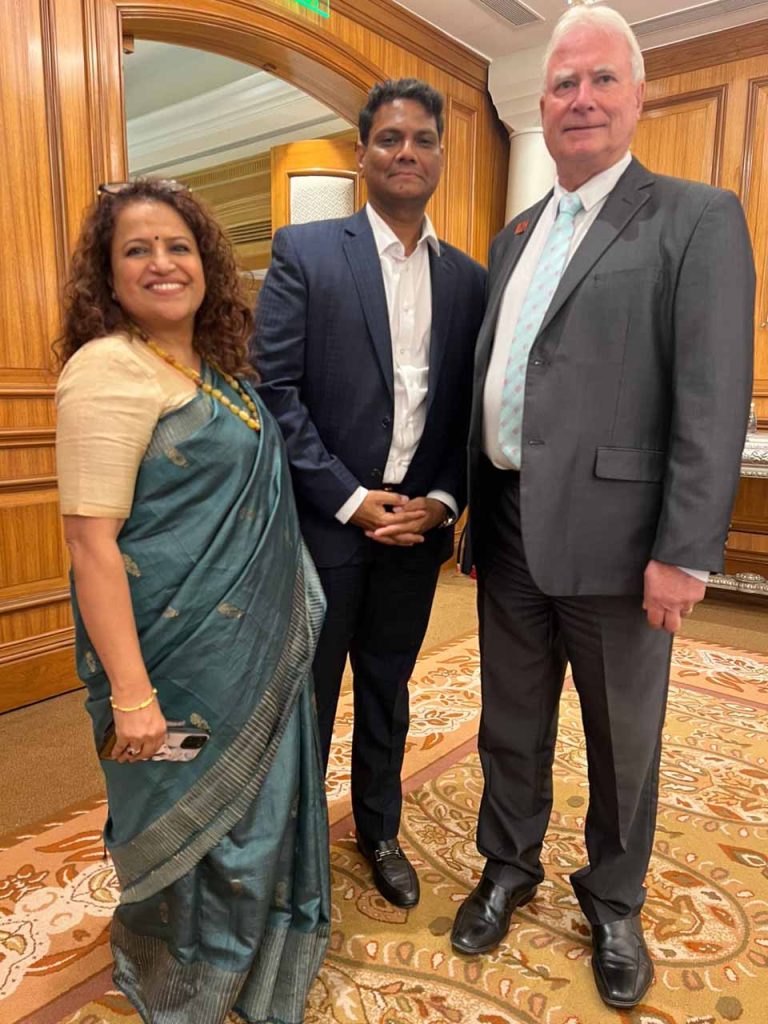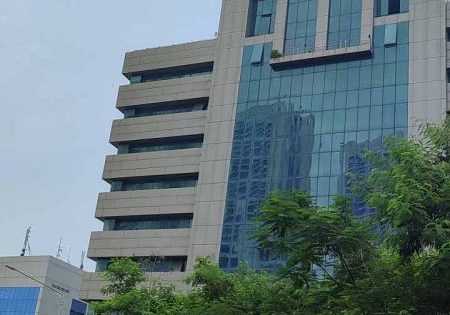Providing Clarity
Nov 4, 2024

PALEA organizes informative seminar in Mumbai.
The Pacific Asia Lift and Escalator Association (PALEA) organized an informative seminar on August 6 at Hilton International Airport, Mumbai. The event saw vertical- transportation (VT) industry experts giving presentations on codes, standards and other topics related to elevators and escalators.
In his welcome address, PALEA Secretary Member Eric Darmenia said the association “will share industry information and knowledge we have gained in the Asia-Pacific (APAC) and globally.” He also shared a presentation on CEN/ISO activities and updates, which covered:
- The main objectives of standardization for lifts and escalators
- The main international standardization committees
- (EN) ISO 8100-1/2 as the foundation for technical harmonization- and digitalization-related standards
During his inaugural address, KONE Elevator India and South Asia Managing Director (MD) Amit Gossain covered topics that included “Make in India,” the Indian economy, real estate, the Housing for All initiative, safety and sustainability.
PALEA President Graham Worthington introduced the association, sharing that it had been registered as a Society (Association) in 1998 in Singapore to service the needs of the lift and escalator industry in APAC and China. PALEA operates under the strict guidelines of Singapore Law and has been a liaison member of ISO since 1998, as well as a liaison member of CEN since 2007. Some of its key objectives and activities in APAC and China are to:
- Harmonize lift and escalator codes and standards
- Harmonize the conformance assessment process
- Support and work with all associations and OEMs, representing them on a global platform in codes and standards bodies regionally and globally
Worthington shared that the association provides informative seminars on safety, codes, standards and other VT industry topics to the lift community in APAC and China in an effort to enhance the safety, quality and reliability of VT equipment. The seminars also aim to assist associations, authorities and code writers in the adoption and development of standards, codes and safety-related documents for the industry.
Following this introduction, Worthington gave a presentation on APAC associations and code updates, followed by one titled “Sustainability of the Lift industry in Greater Asia,” where he drew attention to the symbiotic relationship between lifts and cities.
Nitish Kumar Jain, deputy director, Electrotechnical Department, Bureau of Indian Standards (BIS), shared a presentation titled “Standardization in the Field of Lifts, Escalators and Moving Walks,” starting with the definition of standards per ISO Guide 2, which states that:
“A standard is a document, established by consensus and approved by a recognized body that provides, for common and repeated use, rules, guidelines or characteristics for activities or their results, aimed at the achievement of the optimum degree of order in a given context.”
Jain introduced the various types of standards and the BIS. He then explained the standards development process, followed by important standards published, important standards under development and new initiatives in standards development.
Otis APAC Director of Codes and Standards Abhijit Dandekar gave a presentation titled “Battery-Operated Automatic Rescue Devices (ARDs).” He explained the concept of battery-operated ARDs, when they should operate (only when all safety circuits are operational), along with their multiple advantages. The only disadvantage, he said, is that one needs to maintain battery health and monitor it regularly for ARDs to be effective. He also provided perspectives on how ARDs work, followed by ARD requirements within the APAC region.
Aging units can be made safer, more energy-efficient, more reliable and comfortable through regular maintenance and modernization.
Dandekar also gave a presentation titled “Maintenance and Modernization of Existing Lifts and Escalators,” in which he shared that APAC countries account for approximately 16% (3.5 million) of the global lifts and escalators in use today. In many countries, more than 40% of existing VT units are 25 years old or older. Only a small percentage has been modernized to meet current published standards to provide state-of-the-art safety and performance.
Unfortunately, he observed, injuries and even fatal accidents happen every year to users and VT industry workers alike. Underlining the fact that lift industry members strive to make the installation, maintenance and use of lifts and escalators 100% safe with “no compromise on safety,” Dandekar affirmed that aging units can be made safer, more energy-efficient, more reliable and comfortable through regular maintenance and modernization.
KONE Elevator India and South Asia Director of Operational Excellence and PALEA committee member Sundar N spoke on “Notified Bodies (NBs) and Their Role in the Lift Industry,” elaborating on the role of the NB, which is to evaluate whether a product complies with relevant legislation and the requirements of the Lift Directive. Depending on the directive and requirements of the persons seeking an NB assessment, they can carry out one or all of the following tasks: product certification, factory production control certification (i.e., ISO 9001) and determination of product type on the basis of type testing.
In his next presentation, “Internet of Things (IoT) and Cybersecurity,” Sundar N defined IoT and cybersecurity, highlighting the need for new technologies as they enable new products and drive innovation for the VT market and all stakeholders. He gave the example of digitization, which is of crucial importance to data processing, storage and transmission. Digital data can be propagated indefinitely with absolutely no degradation, making it the favored way of preserving information for many organizations around the world.
Terming cybersecurity as the practice of protecting systems and networks, he underlined the need for it, stating that the convergence of standard IT and VT systems is increasing, with IP-based protocols replacing proprietary networks. He covered data and the risks involved in exchanging it between elevator networks and office networks, software developed by reusing existing third-party software components and remote access becoming a standard maintenance practice.
The presentations were followed by an informative question-and- answer session where the attendees from across India and Asia received clarity and advice from VT industry experts.
Get more of Elevator World. Sign up for our free e-newsletter.














